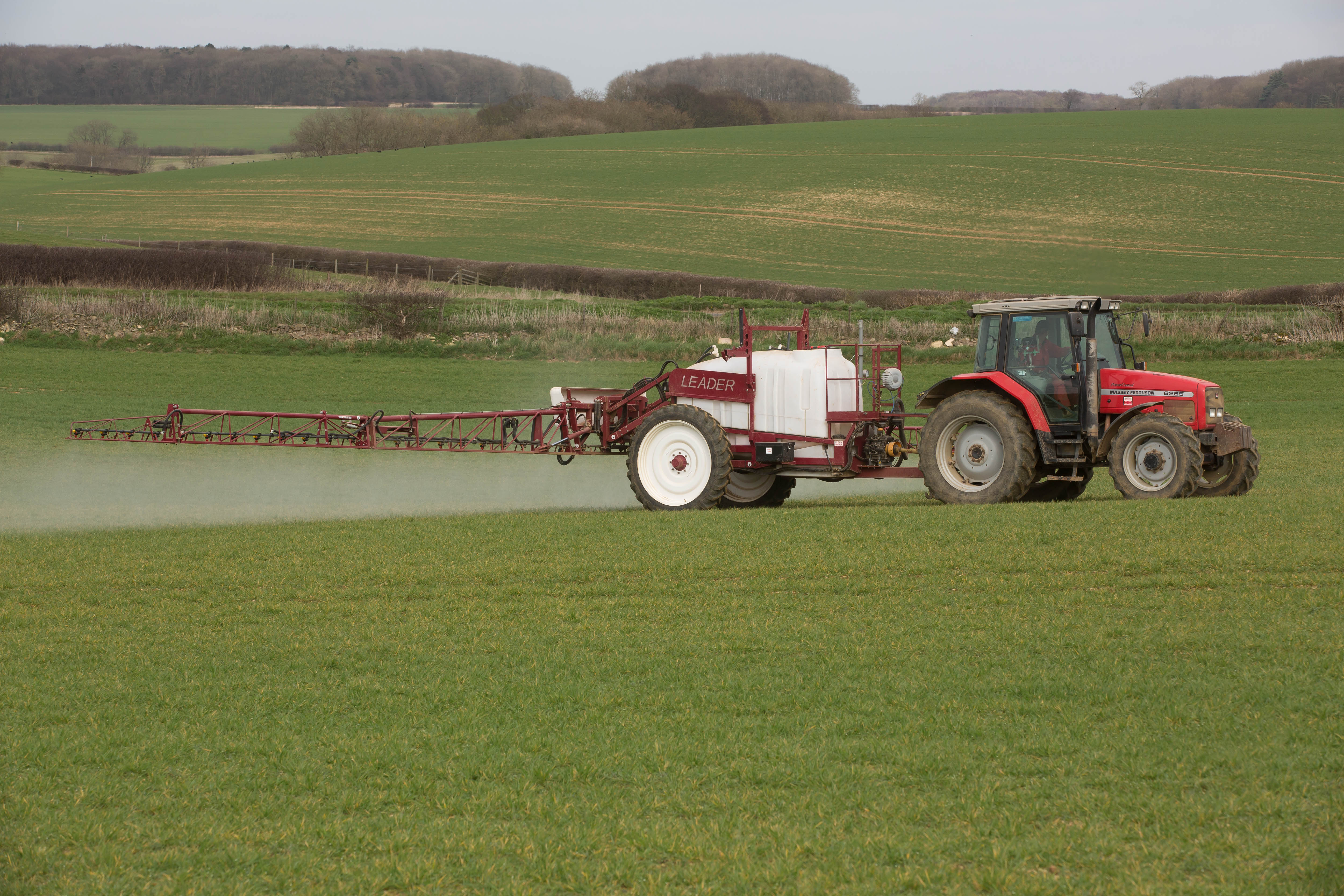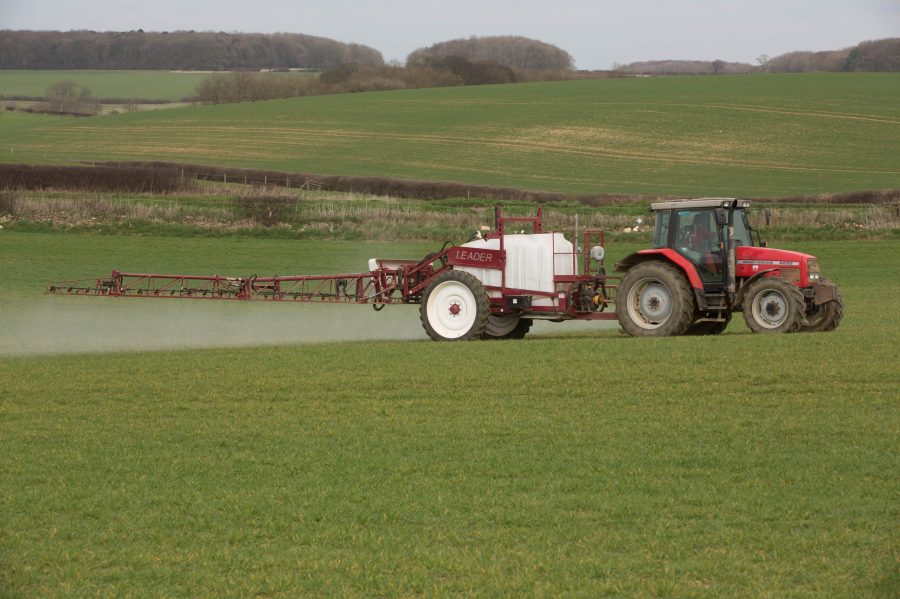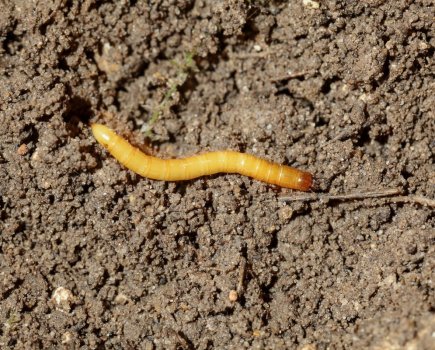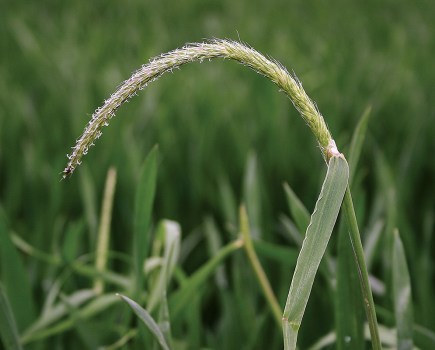 Broadleaf weed control is proving decidedly more challenging this spring, so extra care will be required when applying post-emergence herbicides to thin or stressed crops, according to the latest advice from Hutchinsons. Charlotte Cunningham reports.
Broadleaf weed control is proving decidedly more challenging this spring, so extra care will be required when applying post-emergence herbicides to thin or stressed crops, according to the latest advice from Hutchinsons. Charlotte Cunningham reports.
 While the recent spell of dry weather has allowed drills to catch up after the wet winter, Hutchinson’s northern regional technical manager, Cam Murray, says the winter legacy on soil condition is still being felt in many situations, especially late-sown winter crops that struggled to establish, while spring-sown crops also now need rain to improve establishment.
While the recent spell of dry weather has allowed drills to catch up after the wet winter, Hutchinson’s northern regional technical manager, Cam Murray, says the winter legacy on soil condition is still being felt in many situations, especially late-sown winter crops that struggled to establish, while spring-sown crops also now need rain to improve establishment.
Spring-germinating weeds continue to emerge though, and will pose a significant challenge to yield potential if not controlled effectively, he says.
“Sulfonylurea chemistry is a key option for post-emergence broadleaf weed control, but in thin, patchy crops, there’s a risk more active will hit the soil rather than the leaves of the crop being treated, leaving residues that could cause issues in following crops, notably OSR.”
Greater risk
The risk is greater when applying actives with longer half-lives (the time taken for 50% of the herbicide to break down into secondary compounds in the soil), such as mesosulfuron, or metsulfuron, adds Cam.
“Growers with a thin crop where there’s more risk of products landing on the soil should therefore consider using a mix based on actives with shorter half-life’s, such as thifensulfuron, or tribenuron.”
Cam also advises that dry, cool weather and weeds under stress can reduce the efficacy of ALS herbicides, which includes sulfonylureas. “So, if it’s not feasible to wait for warmth and moisture before application, then growers should consider other options with proven performance in cool, dry conditions, such as products based on fluroxypyr/ florasulam and halauxifen-methyl.
“We know that halauxifen has the ability to sit in the plant under cold and dry conditions so it makes it a smarter choice in these situations.”
Susceptible to damage
Spring oats can be more susceptible to herbicide damage, so a “softer” option may be required, such as florasulam and tribenuron-methyl, he adds.
“Using hormones, such as MCPA. mecoprop-P and 2,4-D offers a different mode of action, however they require active growth, so may also be reliant on a return to warm, moist weather, and most have an application cut-off around growth stage 31, although this varies, so check product labels carefully.”




